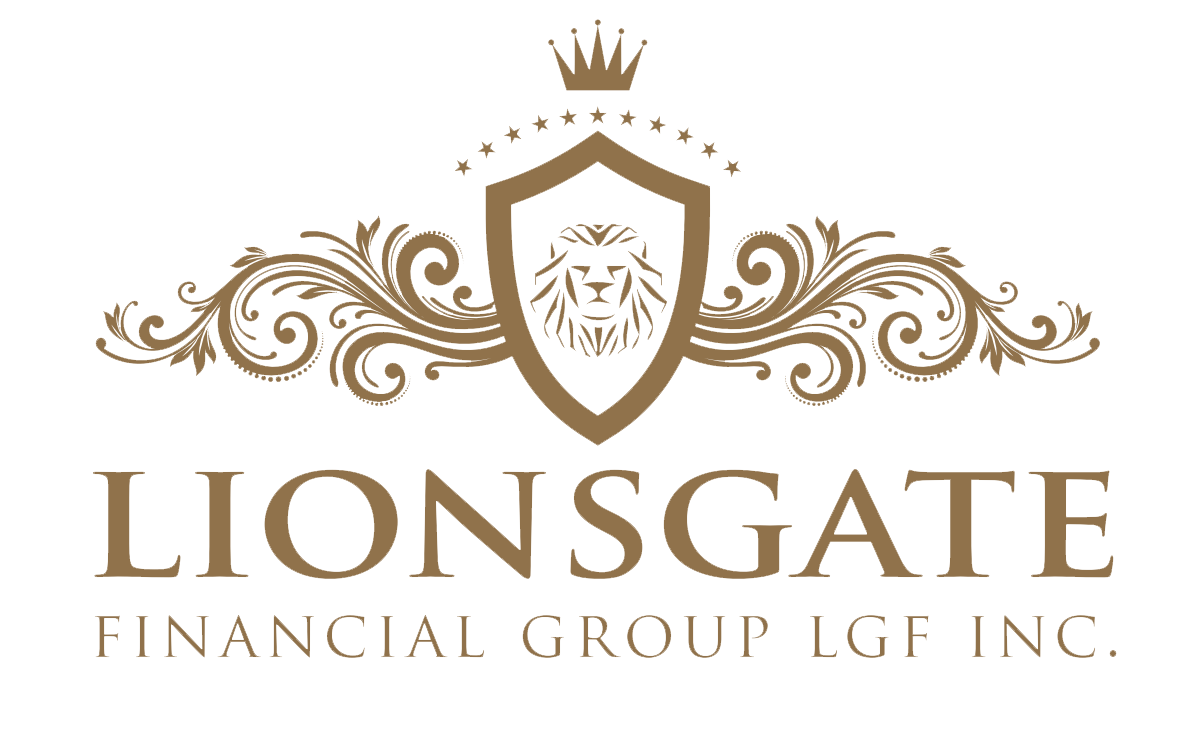During the early days of the mortgage business, brokers would require a lot of paperwork…

What Are Solutions to Cash Flow Problems?
Now you can listen to our blog post, “What Are Solutions to Cash Flow Problems?” while on the go.
How is business? The response varies every month for the majority of businesses. After all, only a small percentage of businesses generate regular revenue year-round. However, if you find yourself having trouble paying your bills on a regular basis, you probably have an issue with cash flow or the movement of cash and currency equivalents in and out of your company. Here are 13 suggestions for resolving cash flow issues.
10 Solutions to Cash Flow Issues
1. Establish a monthly business budget.
An annual budget and a precise cash flow statement can show you how much cash you’ll need each month to meet recurring expenses if your business is seasonal or if cash flow tends to follow a cycle. To pay for overhead during slower revenue months, you’ll need to set aside money from the high-earning months. A monthly cash flow prediction can highlight potential gaps and give you time to look for additional funding if necessary.
2. Access a credit line
Setting up a line of credit is one answer if your cash flow is limited. You’ll have money to spend that you can recoup throughout your business cycle’s more prosperous months, just as with a credit card. You just pay what you use, plus interest on the outstanding debt, unlike a term loan. The best part is that after you pay it off, your credit line is replenished and is once more accessible when and if you need it.
3. Quickly issue invoices to cut down on days’ sales outstanding
Even though your company might give customers 30- to 60-day payment terms, you might actually require the money sooner in order to pay bills, place inventory orders, etc. You are unable to wait until the payment deadline in this situation.
Offering your customers a discount in exchange for early payment is one option. As an alternative, you might employ invoice factoring. With the help of this financial product, businesses can negotiate a lower price when selling accounts receivable to a factoring firm. Up to 90% of the invoice can be advanced upfront by the factoring company, which also handles payment collection.
4. Spread Out Your Payables
One typical method of getting inexpensive financing is to extend the payment cycle of your suppliers. You simply decide to pay some bills after they are due using this strategy. It’s not a long-term solution, though, as it may harm your credit and tarnish your standing with suppliers.
In the event that you choose to spread out your payables, there are two approaches to safeguard yourself. For starters, you might change the deadline to a time when you are certain you can make the payment. You could also want to completely rethink your payment arrangement. Some service providers accept payments on a yearly or semi-annual basis rather than on a monthly one. If you pay yearly upfront, you can even receive a discount.
5. Reduce spending Cash
Is your excessive spending making matters worse? Many companies handle this issue by first reducing the biggest costs, such as personnel, marketing, or inventory. That’s incorrect because these are frequently essential to how businesses operate. Instead, think about reducing non-essential expenses like housekeeping or landscaping first. Audit your overhead costs, including rent and utility costs, after that. Look for areas where you may save money, negotiate better prices, or renegotiate contracts.
6. Price increase
Selling goods or services for too little will hurt your profit margins. To calculate the fully loaded cost of supplying your goods and services, step back and audit them. You can assess whether you are undercharging and harming your bottom line by knowing that cost.
While many companies are reluctant to raise prices for fear of offending customers, research suggests that consumers are more willing to accept a price rise if it results in a better overall experience. Price Waterhouse Cooper found that 43% of consumers would pay more for increased convenience and 42% for a warm, inviting experience in-store. To achieve the best outcomes, it pays to experiment.
Start with your best-selling items or those with the least amount of rivalry in the market. You can go ahead and implement increases across the remainder of your product range if it has no negative effects on sales.
7. Cross-sell and upsell
Your cash flow can be easily improved by increasing sales. Selling to clients that are already enthusiastic about your goods or services is even simpler. There are two traditional strategies: cross-selling, which involves finding ways to sell other items and services to the same customer, and upselling, which is selling upgraded and more expensive products or services to the same customer. For instance, a gym would think about upselling a new membership contract along with a six-week training package. Additionally, cross-selling is a common practise on e-commerce websites under the heading “You might also like…”
Making the sales pitch seem natural or preventing the buyer from feeling pressed is key to both strategies. Your objective is to keep current clients satisfied and purchasing your goods or services.
8. Recognize credit cards
Accepting credit cards results in accelerated payments and a reduction in bad debts. Additionally, it increases the prospect of purchases. According to a Square survey, 35% of customers said they would shop elsewhere if a store didn’t accept credit cards. You must, however, consider the advantages of faster payments against the expenses that credit card firms often impose on shops that use their service.
A 2019 Bank of America poll found that 90% of small businesses accept credit cards. More than half of customers use credit cards to make in-person or online purchases of goods or services from small businesses, according to the same survey.
9. Accept Payments online
Similar to how credit cards make purchasing more convenient, an online payment option and an e-commerce store in general do the same. Additionally, it may enable more effective inventory movement. Consider a walk-in bakery as an illustration. It is difficult to predict how many pastries will be sold or wasted on any particular day. The same company could cut costs on its storefront, bake to order, and even ship across the country if it moved its ordering online.
10. Keep a Clear View of the Inventory
If your company sells products, you are aware of the need of monitoring inventory levels. You run the risk of overstocking, which results in waste and ties up cash flow in that stored goods if you don’t have a clear understanding of how much inventory you have at any given time. Consider making a purchase of an integrated inventory management system for your accounting program. You’ll be able to keep track of your inventory levels in real-time as well as how much you paid for each product, how much you truly need at any given time, and other information.
Need Some Extra Cash to Help Your Finances? Try Lionsgate!
Are you struggling with your financial needs and need some extra cash? Lionsgate can help. Just fill out the form below, letting us know all your money or mortgage requirements, and we will find the best lender for you. Amazing thing? The process is free, and you can quit it at any time.
We have a team of experts that analyze your requirements and pick the best lender for you with prudent advice.
Note: Please give your authentic information while completing the form below.
Please share this article on your social media profiles if you found it helpful. Also, visit our blog to read similar helpful articles on finance, real estate, and getting mortgages.




